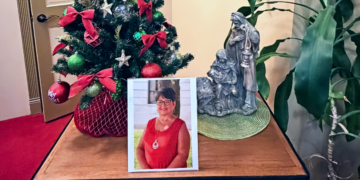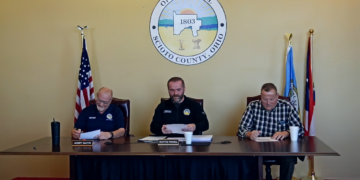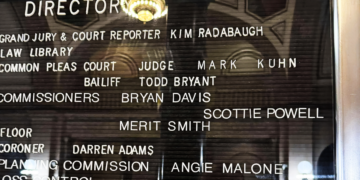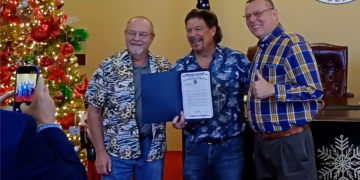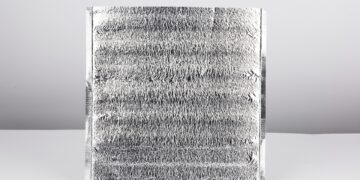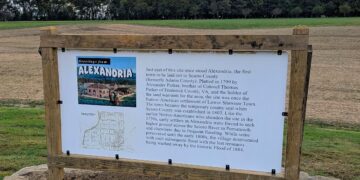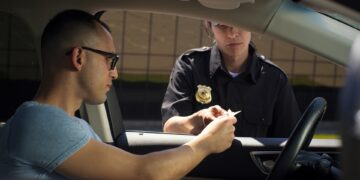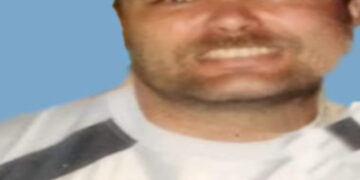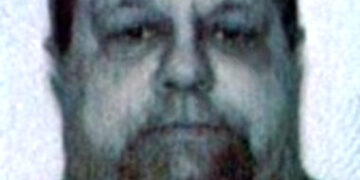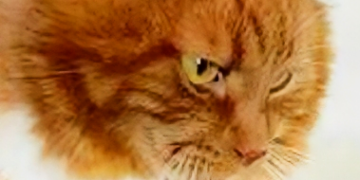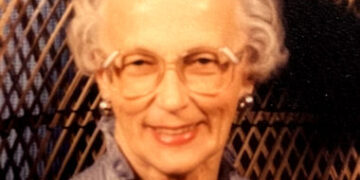Examining and Studying Evidence at Crime Scene
When crime scene investigators reach a certain crime scene, they employ different approaches since there are different elements involved. Despite the complex difference for each one, investigators employ basic investigation protocols that are necessary steps toward finding clues for a given crime.
During Crime Scene Examination
Upon reaching the site of the crime, investigators approach in a methodical and careful manner. Search for evidence then begins. If there are other officers who have reached the scene first, most would start to gather information already available. Since you cannot prevent people from gathering around a crime scene, emphasize the need to preserve the scene. Any slight changes could intervene with the investigation efforts.
If there is a body involved, examine it for wounds or any items that could motivate the crime. If not, then carefully observe the area surrounding the body. When there are any items of evidential value, then take note of them. Every investigator knows that there are three dimensions to a crime scene, so examine all of them closely. When writing notes, always put details to them so you can have proper context for all evidence gathered. Reproducing a sketch of the entire crime scene is also mandatory.
Photographic Evidence
Aside from verbal statements or written observations made by crime scene investigators, photographs are one of the most powerful evidence you can use when investigating a crime. Some of the crucial evidence you need to take a photo of include:
*Overall crime scene – It should be able to indicate where the crime took place, on what part of the city or on which street.
*Crime scene in a clockwise pattern – This should be taken before any alteration is made on the victim’s body’s position. You need to photograph at least 2 different angles of the same scene.
*Immediate vicinity – Aside from the body itself, you need to photograph its direct vicinity.
After you have taken a substantial amount of photographic evidence, keep a photo log. You can easily refer to them if you locate other related evidence.
Searching For More Evidence
If there are other investigators with you in a crime scene, have them retrace your steps. This will help you find more evidence you might have missed during your initial search. In a crime scene investigation, any tiny piece of evidence could be the missing link in solving a crime so you can never discount any evidence out.
When scanning the scene for evidence, avoid touching the body or any items within the scene. This could intervene with the analysis of latent fingerprints later on. The intensity and scope of your crime scene search depend largely on the conditions at hand.
Fingerprints
In terms of using fingerprints as evidence, it can be categorized based on the following:
• Hidden or latent prints – The term indicates that the prints are not visible. Using the prints on the bare feet or palmar surfaces of the hands, it can help identify the person involved in the crime.
• Visible or patent prints – This type of prints are caused when a suspect acquires foreign substances such as ink or blood, and then produces a mark when it touches other surfaces.
• Molded or plastic prints – This type of print enables a person to produce a mark on objects with pliable surfaces such as wax, soap, or adhesive. Impressions can also be left on the body of the victim.
Onlookers and Eyewitnesses
People who are present during or after the crime can either prove to be of help or nuance to the crime solution efforts. Your most important objective after arriving at the crime scene and when the number of onlookers continues to grow is the preserve the crime scene. Once you have gathered enough evidence, utilize the observatory skills of these people to gather potentially helpful information. When gathering information from these people, you should approach it with a certain level of detachment. After all, any information or evidence you gather at the crime scene is still subject to verification before it can be confirmed to produce of any significance to the actual crime.
[gasbuddy_table]



















